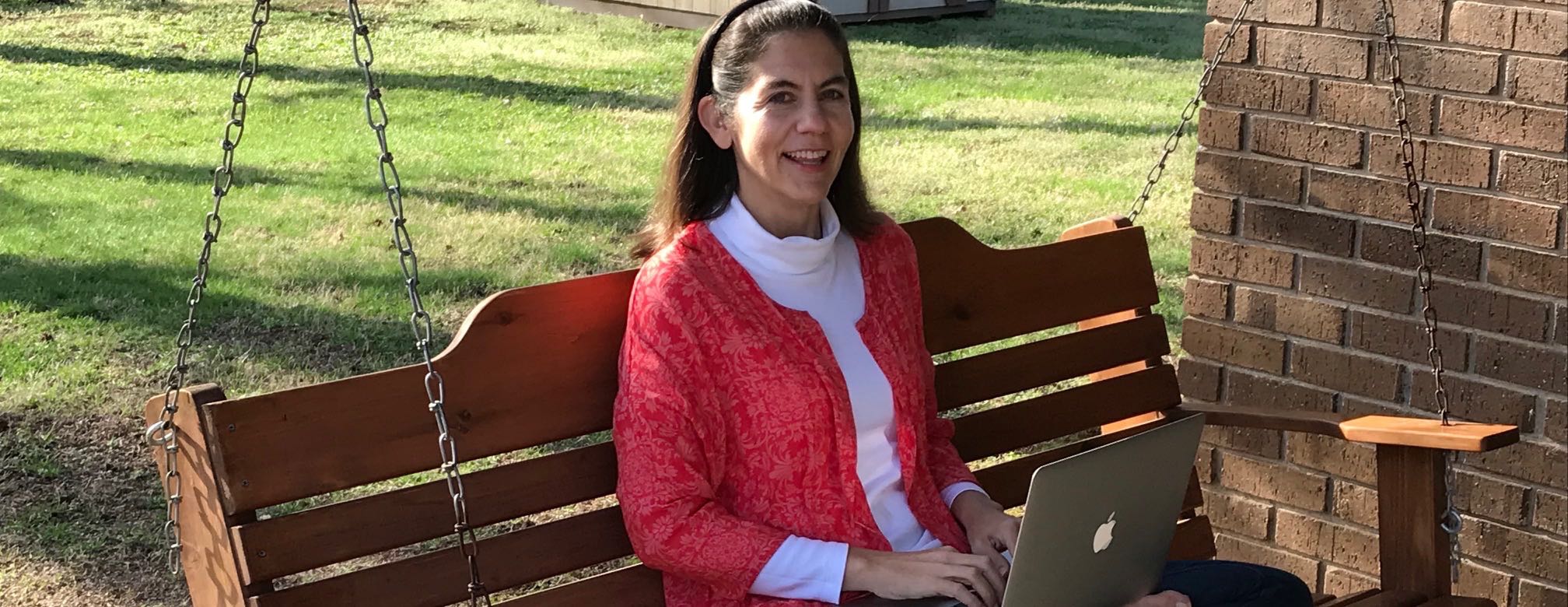
Credit: www.pixaby.com
Do you find yourself stuck in a funk in your daily commute? I am a proud user of public transport and it’s vital for the citizens of a growing city to embrace it as the primary mode of transportation. However, there are those days before I’m even in the thick of traffic and I’m at the bus stop looking at the expressionless commuter faces around me and I contemplate buying a car.
Here are a few of my favourites: There’s the guy who habitually spreads his legs well beyond the half-way point of a two-seater, the cigarette smoker who just took her last drag and her smell will linger throughout the trip and lastly, the woman who uses her commute to FaceTime with her mum. We’re like one big family on an endless road trip in bumper to bumper traffic.
To escape these annoyances I depended on podcasts and whenever I took on my 30-day Podcast Purge, I found myself craving something to do on the bus that didn’t involve my phone. Yes, books are a fantastic idea, but they can get heavy when toting them around all day.
Enter the breath, or Pranayama as they say in the Yogi world. Pranayama is the regulation or control of the breath by using different techniques. Yogis have practised it for centuries and it has definitely become more popular in the past ten years or so in Yoga studios.
Prana means ‘life force’ and ayama means ‘extension’, so essentially, we’re trying to extend our lives through breath. Some cultures believe that when born we’re each assigned a unique number of breaths to take in this world…..by practising Pranayama you can make those breaths last a little longer thus life may last a little longer too! Definitely something to think about.
On the bus, I try to practice Dirgha breathing, which is a three-step breathing process. I’ll also do Box breathing, some people call it Four-Square breathing. These two work best for me on the bus because I can wear my shades, close my eyes, and no one has any idea what I’m doing.
Dirgha breathing has three positions or portions; the belly, the lower chest or rib cage and then the upper chest which I like to think of as the tops of the lungs. Keeping the mouth closed you inhale by first taking in air to fill the belly then take in more air to fill the rib cage and lastly, you’re taking in the last bits of oxygen into the upper lungs. On the exhale you start from the top and work down; exhale the tops of the lungs, then the rib cage and finally, the belly. I like to count to six on the inhale and six on the exhale to ensure that each of the three portions get equal amounts of oxygen.
Benefits of Dirgha breathing include stress and anxiety reduction, promotes full breathing using the entirety of the lungs and it calms the minds. I’ve heard that it’s good for competitive swimmers too.
Box breathing is somewhat ‘easier’ than Dirga breathing. Imagine the breath is a pencil drawing the four sides of a box or square. Inhale for four counts, hold the breath for four counts, exhale for four counts and hold the breath for four counts. Then repeat the whole sequence again and again. It’s as if you’re tracing a square with the breath. Once you’re good at four counts you could extend it to five, six, perhaps even eight or nine counts.
Benefits of Box breathing include stress reduction, it’s a mood lifter, it offers a sense of calm and can even lower blood pressure if practised regularly. I once read in a fitness magazine that Navy Seals practise Box breathing!
Next time you find yourself in a situation with no where to go, no phone, feeling a bit fed up and in need of some life-changing entertainment, try a Pranayama breathing technique.
What is your favourite type of Pranayama breathing technique? Feel free to leave a comment below.
